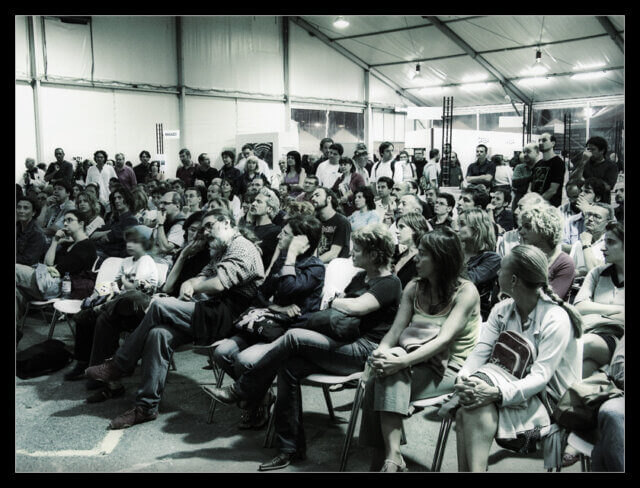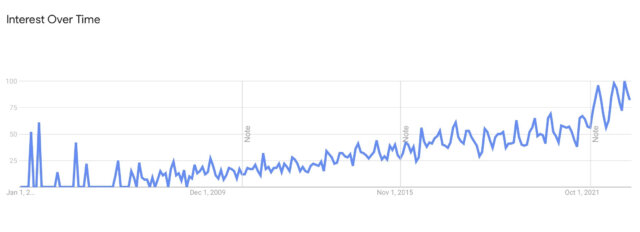

Initially confined to sentiment analysis, social listening tools can now identify trends, analyze competitors, track influencers, identify crises and potential issues, and monitor reputations.
A wider perspective on social listening
With this recent emphasis on thinking of social listening as something done on social media, it’s easy to forget what it was for all of human history prior to 2004. Just because we now have tools that quantify awareness and sentiment doesn’t mean that we should discard older methods of finding out what audiences think and feel.
Indeed, quantification of what has historically been seen as subjective may be misleading. Traditional meeting evaluations turn out to be unreliable. Motivational speakers rarely have a significant long-term impact, even though audiences often rate them highly immediately after their speech. And, with the majority of social media traffic now occurring on dark social channels like Facebook Messenger, WhatsApp, and TikTok, who knows how accurately numbers derived from Facebook, Twitter, and LinkedIn reflect reality?
A different way to think about social listening
Last week, I facilitated the second BizBash Leadership Summit, an unconference I designed for “30 executives across experiential, event tech, and other corporate verticals”. During one of the sessions, BizBash’s founder, David Adler, asked “What does social listening mean in the context of understanding the impact of an event?”
And then, during my closing session, he answered his own question.
I typically close unconferences with a simple process, plus/delta. Participants first publicly share their positive experiences. After they’ve aired them, they also suggest changes that they think might make the event better in the future. The beauty of plus/delta is that it rapidly builds a collective experience of the conference. This widens individual perspectives of what happened and builds community around the shared collective experience.
The Leadership Summit was clearly successful, with many participants wanting to meet again, even going so far as to make suggestions about how we could do so. We also heard great feedback on how the event could be further improved (making it longer was a popular suggestion), giving the conveners valuable ideas for future gatherings.
It was then that David said, “Isn’t this, what we’re doing right now, the ultimate in social listening?”
I think he was right. We weren’t quantifying sentiment. There were no ten-point-scale smile sheets. Rather, we’d been having intimate conversations for three days, got to know each other, and built community around our shared experiences. And now we were listening to each other in important ways and making plans for our group’s future.
We had been changed by our experience together and would be making changes in our lives, both individually and collectively. I think that’s the ultimate goal of social listening. Creating change that matters.
Image attribution: Flickr user iguanajo
